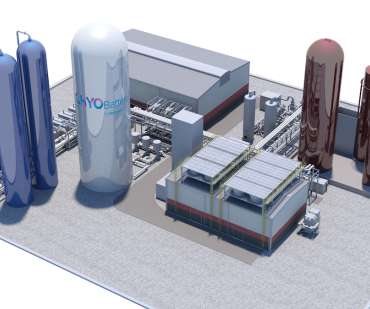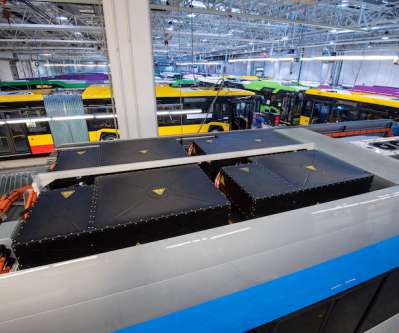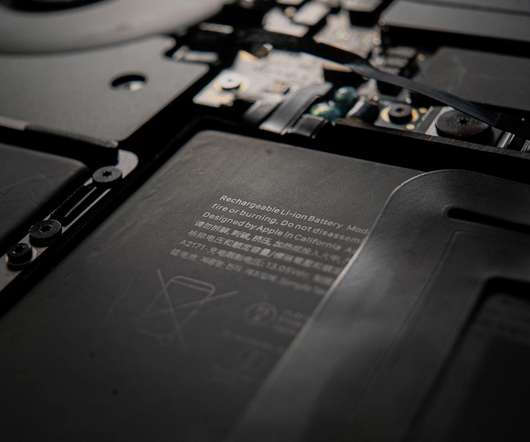Highview Power and Encore Renewable Energy to co-develop the first long-duration, liquid-air energy storage system in US
Green Car Congress
DECEMBER 28, 2019
Highview Power Storage, Inc., a provider of long duration energy storage solutions, and Encore Renewable Energy, a developer of renewable energy generation and storage projects, jointly announced plans to develop the United States’ first long-duration, liquid-air energy storage system.































Let's personalize your content